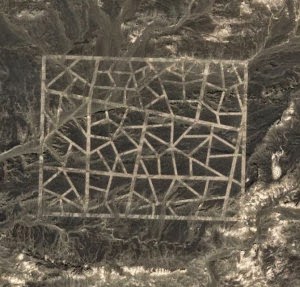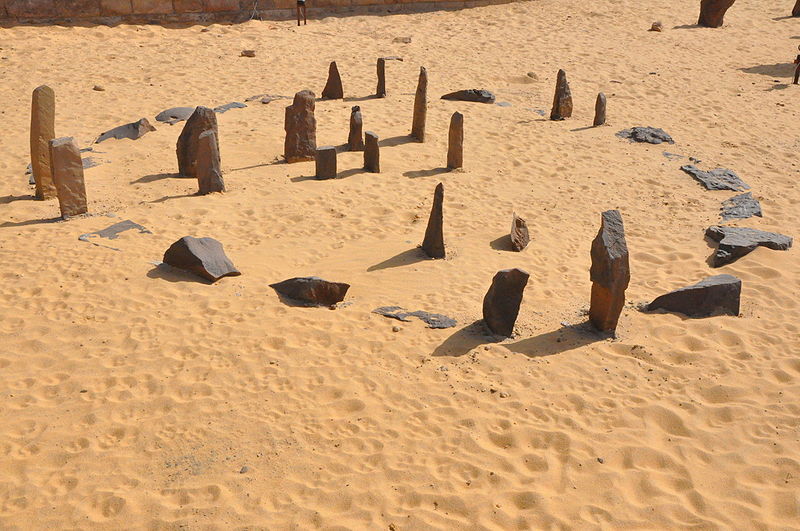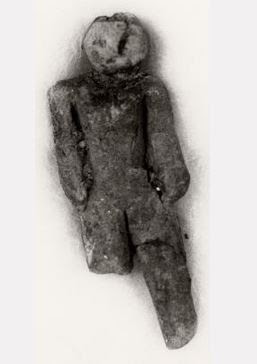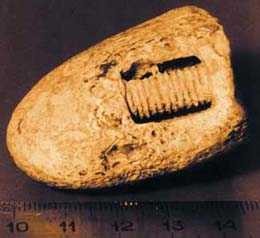

| Visitors Now: | |
| Total Visits: | |
| Total Stories: |
13 World Mysteries Without Explanation

The July 1889 find in Nampa, Idaho, of a small human figure during a well-drilling operation caused intense scientific interest last century. Unmistakably made by human hands, it was found at a depth of 320 feet which would place its age far before the arrival of man in this part of the world.
The first stone calendar In the Sahara Desert in Egypt lie the oldest known astronomically aligned stones in the world: Nabta. Over one thousand years before the creation of Stonehenge, people built a stone circle and other structures on the shoreline of a lake that has long since dried up. Over 6,000 years ago, stone slabs three meters high were dragged over a kilometer to create the site. Shown above is one of the stones that remains. Although at present the western Egyptian desert is totally dry, this was not the case in the past. There is good evidence that there were several humid periods in the past (when up to 500 mm of rain would fall per year) the most recent one during the last interglacial and early last glaciation periods which stretched between 130,000 and 70,000 years ago.

During this time, the area was a savanna and supported numerous animals such as extinct buffalo and large giraffes, varieties of antelope and gazelle. Beginning around the 10th millennium BC, this region of the Nubian Desert began to receive more rainfall, filling a lake. Early people may have been attracted to the region due to the source of water. Archaeological findings may indicate human occupation in the region dating to at least somewhere around the 10th and 8th millennia BC.
In the summer of 1998, Russian scientists who were investigating an area 300 th km southwest of Moscow on the remains of a meteorite, discovered a piece of rock which enclosed an iron screw. Geologists estimate that the age of the rock is 300-320 million years.
Source Article from http://www.survivalistnewsnetwork.com/13-world-mysteries-without-explanation/
Source: http://www.theprepperdome.com/2013/11/13/13-world-mysteries-without-explanation/





